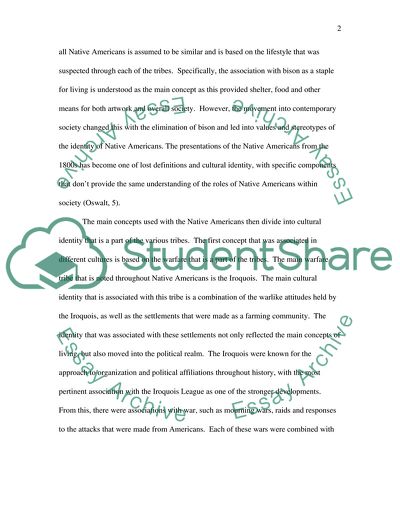Cite this document
(Cultural Identity among Tribes of the Native Americans Essay, n.d.)
Cultural Identity among Tribes of the Native Americans Essay. Retrieved from https://studentshare.org/culture/1738571-cultural-ecology
Cultural Identity among Tribes of the Native Americans Essay. Retrieved from https://studentshare.org/culture/1738571-cultural-ecology
(Cultural Identity Among Tribes of the Native Americans Essay)
Cultural Identity Among Tribes of the Native Americans Essay. https://studentshare.org/culture/1738571-cultural-ecology.
Cultural Identity Among Tribes of the Native Americans Essay. https://studentshare.org/culture/1738571-cultural-ecology.
“Cultural Identity Among Tribes of the Native Americans Essay”, n.d. https://studentshare.org/culture/1738571-cultural-ecology.


